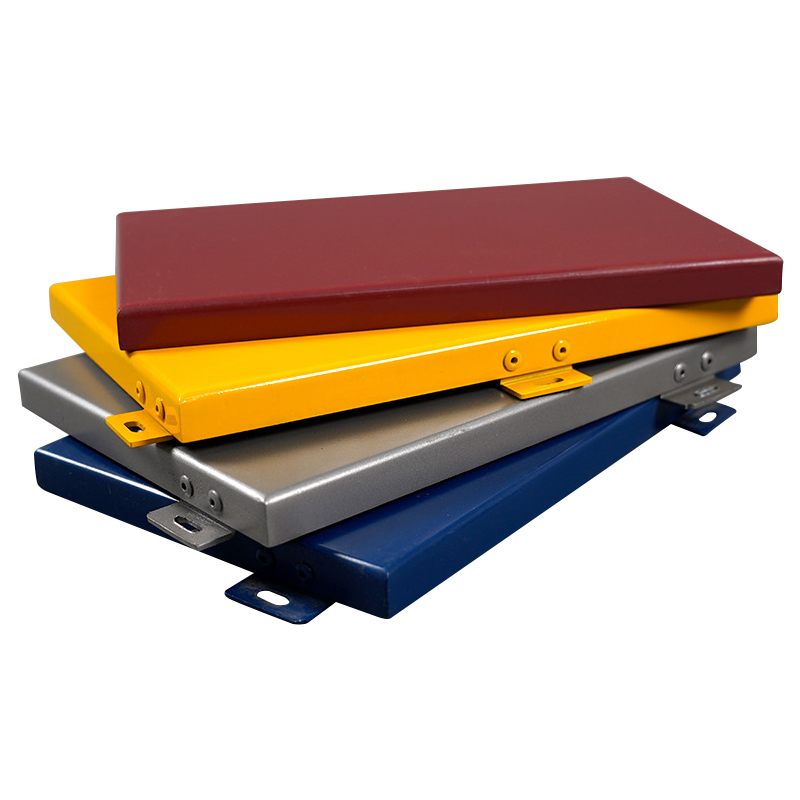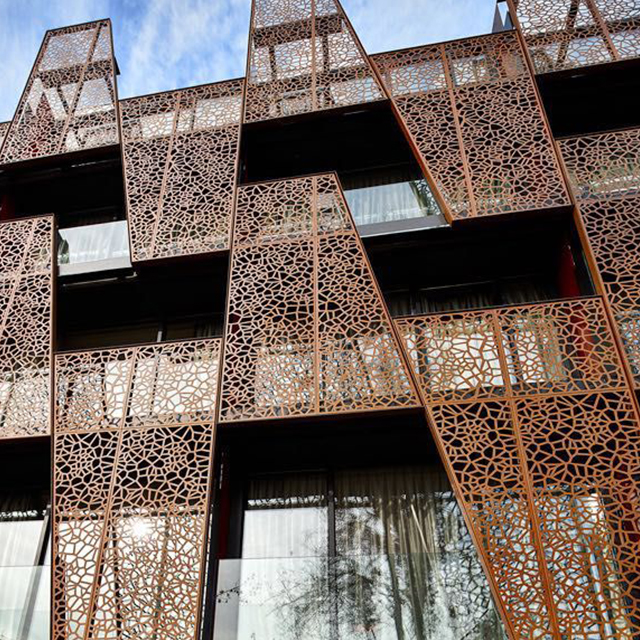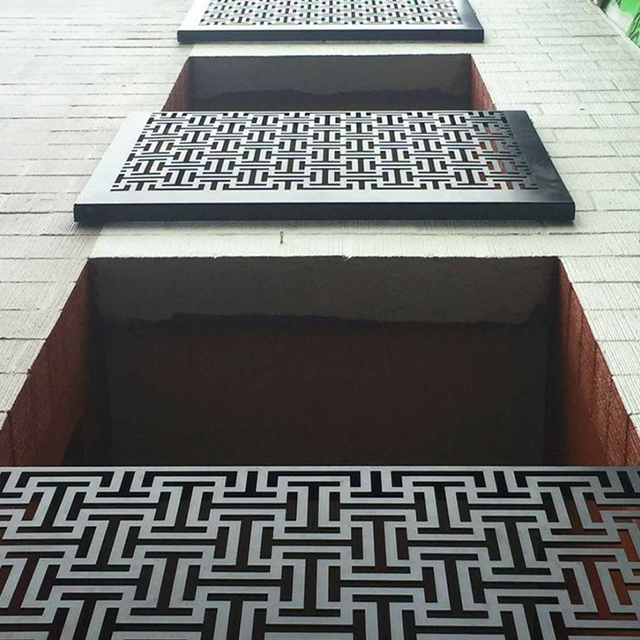Discover how lightweight building panels are revolutionizing modern construction. Learn about their benefits, applications, and why they’re a smart choice for architects and builders. Explore more at Likton Metal.
In the world of modern construction, lightweight building panels are gaining popularity for their ability to reduce costs, improve efficiency, and enhance design flexibility. But what exactly are lightweight building panels, and why are they becoming a go-to choice for architects and builders? This article explores the benefits and applications of lightweight building panels in today’s construction industry.

1. What Are Lightweight Building Panels?
Lightweight building panels are prefabricated panels made from materials like aluminum, composite, or foam cores, designed to reduce the overall weight of a structure. These panels are used for walls, roofs, and facades, offering a combination of strength and lightness.
Example: Aluminum composite panels (ACPs) are a popular type of lightweight building panel, widely used in commercial and residential projects.
Learn more about lightweight materials: Composites World
2. Benefits of Lightweight Building Panels
- Reduced Structural Load: Lightweight panels decrease the load on a building’s foundation, allowing for more flexible designs and cost savings.
- Ease of Installation: Their lightweight nature makes them easier to transport and install, reducing labor costs and construction time.
- Energy Efficiency: Many lightweight panels offer excellent insulation properties, improving a building’s energy performance.
- Design Flexibility: Lightweight panels can be easily cut, shaped, and customized to fit unique architectural designs.
Explore the benefits of lightweight construction: ArchDaily
3. Applications of Lightweight Building Panels
- Commercial Buildings: Offices, shopping malls, and airports use lightweight panels for facades and interior partitions.
- Residential Homes: Homeowners choose lightweight panels for their durability and energy efficiency.
- Industrial Facilities: Factories and warehouses benefit from the quick installation and low maintenance of lightweight panels.
- Renovation Projects: Lightweight panels are ideal for upgrading older buildings without adding significant weight.
See examples of lightweight panels in architecture: Dezeen
4. Sustainability and Environmental Impact
Lightweight building panels are often made from recyclable materials, making them an eco-friendly choice for sustainable construction. Their energy-efficient properties also contribute to reducing a building’s carbon footprint.
Example: The Bullitt Center in Seattle uses lightweight panels as part of its net-zero energy design.
Read about sustainable building materials: World Green Building Council
5. Future Trends in Lightweight Building Panels
As technology advances, lightweight building panels are becoming even more versatile and efficient. Innovations such as smart panels with integrated sensors and self-cleaning coatings are expected to shape the future of construction.
Learn about the latest trends in construction: Building Design + Construction
Conclusion
Lightweight building panels are transforming the construction industry by offering a perfect blend of strength, efficiency, and design flexibility. Whether you’re working on a commercial, residential, or industrial project, lightweight panels provide a sustainable and cost-effective solution.
If you’re looking for high-quality lightweight building panels, visit Likton Metal to explore our range of products and solutions. Have questions or need a quote? Contact us today for expert advice and personalized service!

